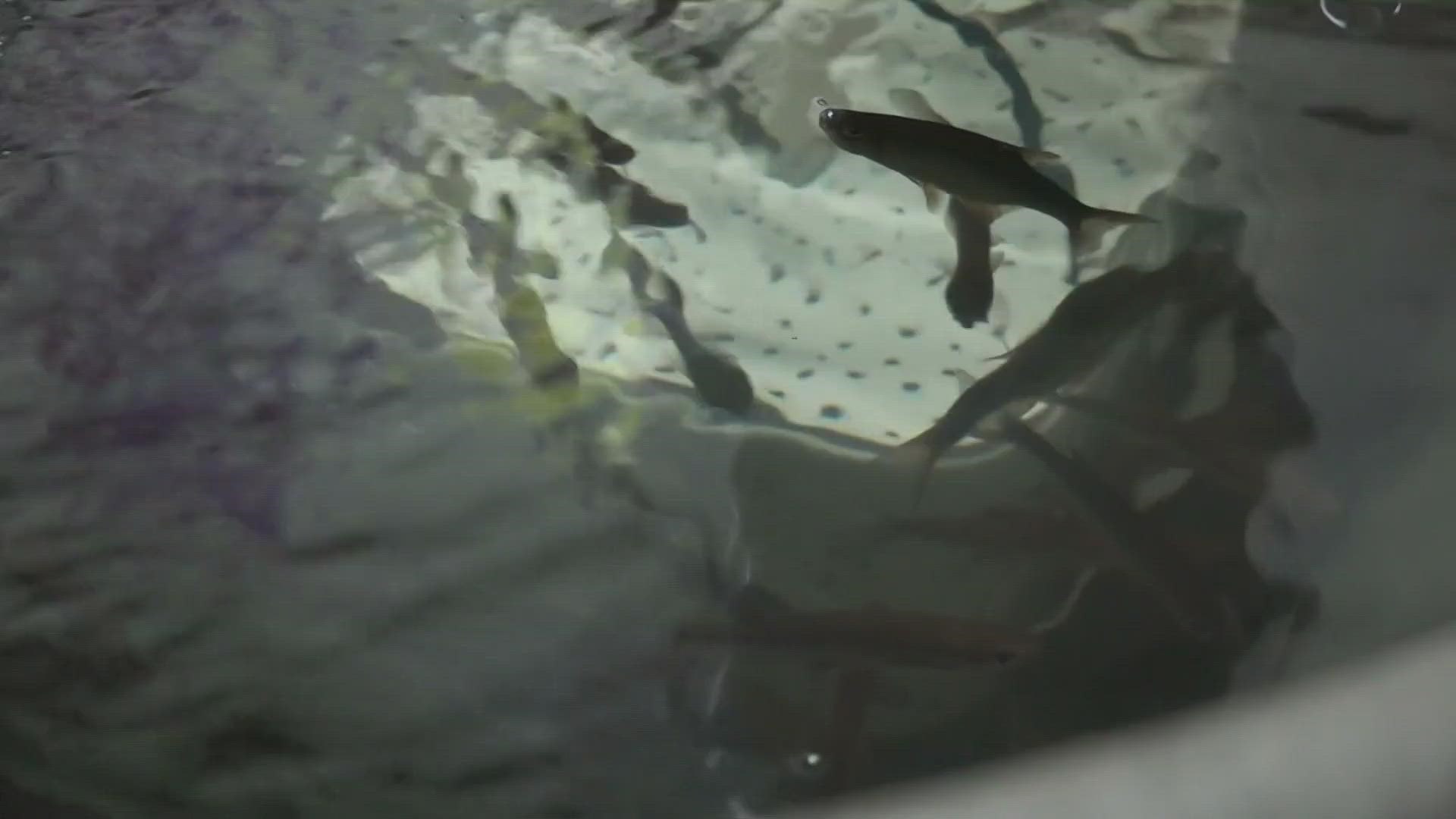BANGOR, Maine — Researchers at the University of Maine have successfully found a way to track down sea run rainbow smelt, a fish found in deep waters of New England, by using a unique approach found in the water.
Leading the research is masters student Vaughn Holmes in collaboration with his graduate advisor Dr. Michael Kinnison, Geneva York, and Jacob Aman.
According to Kinnison, smelt used to be found as far as Chesapeake Bay but are now only found in New England's cold waters, thanks to climate change.
"New England is the last sort of stronghold for this species," Kinnison said. "It’s a species that’s been in decline for decades."
When it comes to monitoring the species' population, it can at times be a tough task with its deep water habitat. According to Kinnison, the fish only spawn on coastal icy streams, only for a short time frame.
Left behind by the fish is environmental DNA, or eDNA. Similarly to leaving DNA behind at a crime scene, the fish can shed DNA from their scales or other tissue cells into the water.
By using eDNA, researchers were able to track down the fish by testing the water; detecting smelt hours or days after they last spawned.
"It runs right up against forensics, it's just, we move outside of crime scenes and into the wild," Kinnison said. "The nice things about environmental DNA is it only requires somebody to collect a water sample."
Due to the group's success, Kinnison said the Maine Department of Marine Resources is picking up where the research left off to surveying more smelt habitats this spring, to help preserve the species' population in the future.
The group's work was published in BMC Ecology and Evolution.

